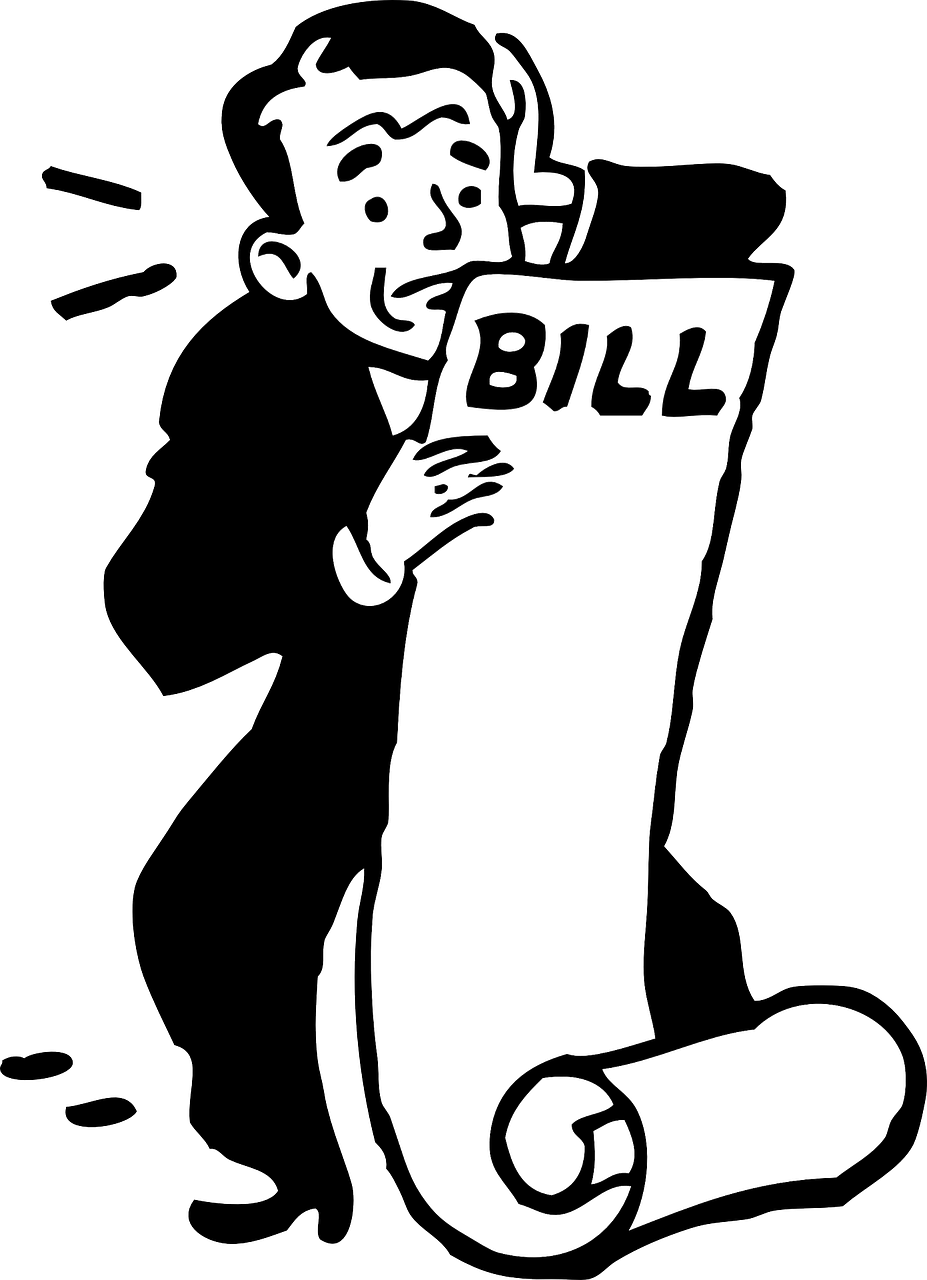The recession may be behind us, but for UK businesses, the problem of bad debt remains stubbornly in place. How exposed is your firm? What steps can you take to protect yourself from a massive hit? We take a look…
Table of Contents
Bad debt: a fact of life?
At first glance, the figures are encouraging. Research from the Association of Business Recovery Professionals suggests that the number of UK corporate insolvencies has fallen from the 2009 peak of 26,000 to 18,000 in 2014 and the incidence of personal insolvencies is also in decline. Given that failure to settle bills is a standard precursor to insolvency, the downward trend is especially welcome from a credit control point of view.
But that’s not the whole story. Recent BFS Confidence Tracker data indicates that around a quarter of UK SMEs consistently struggle with bad debt and late payment from customers – and this proportion isn’t shifting. With an increase in interest rates expected in the near future, the fear is that both business customers and individuals will be stretched even further with servicing long-term loans. Here’s the upshot: for the most part, the banks will get paid – but unsecured creditors with outstanding invoices could find themselves being pushed further down their customers’ lists of priorities.
Where’s the risk to profitability?
The effect of bad debt on profitability seems obvious: the cash you assumed was in the bag isn’t going to materialise any time soon – and perhaps never. But there’s a danger of bad debt affecting your bottom line in ways that go over and above the face value of the outstanding bill. Here’s why…
Cashflow problems
The bigger the sum owed to you, the more serious the dent in working capital – i.e. the cash at your disposal for the day-to-day running of your business. In turn, this can have repercussions for your ability to meet your own obligations and could lead to you being hit with penalty interest payments on sums you owe to suppliers, bank and HMRC.
A drain on your resources
Especially if you don’t have an efficient debt recovery system in place, dealing with bad debt means there’s less time to spend on profit-focused activities. Writing letters, trying to get hold of customers over the phone, time and money spent on formal debt recovery proceedings: if you’re dealing with all of this on an ad-hoc basis, it can be a costly distraction from your organisation’s main objectives.
Decision making: scope for costly mistakes?
Your balance sheet is useful for providing a snapshot of the overall profitability of your business – that is, providing it’s accurate. Money owed by customers is listed on your balance sheet as a current asset; the assumption being that sooner or later, it will be paid into your business account. Now let’s say you are considering making a big investment and your decision rests on the current profitability of your business. If a big chunk of that ‘money owed by customers’ total has little or no hope of ever being paid (and in fact, should be written off), there’s a danger of making your decision based on a skewed, inaccurate picture of what’s really going on.
Dealing with bad debt: don’t take it on the chin…
You can’t eliminate the problem of bad debt completely, but you can take steps to minimise its impact on your profits. Here’s how…
Formalise your credit control process
This isn’t necessarily a case of hiring someone to deal solely with credit; it’s more about having a fixed procedure in place to ensure outstanding bills aren’t left to grow stale. The process starts before you even agree to do business with a customer – especially if it’s a big order. Are there any proceedings pending against the company or, if it’s not incorporated, the business owners? If this is going to be a long-term relationship, it’s also worth repeating these checks from time to time to check for any likely payment issues on the horizon.
Once the contract is signed, it’s a matter of issuing reminders promptly if payment falls overdue. The number and timing of these reminders will depend on what’s considered reasonable in your business niche, but may, for example, consist of a first written reminder after 28 days, a second written reminder, telephone call, final reminder, letter-before-action and then legal action.
Keep an eye on the big picture
As your business grows, expect the work in progress figure in the current assets section of your balance sheet to grow too. This isn’t a problem, unless it’s the case that either through offering your customers overly generous credit terms and/or as a result of your failure to chase up debts, you are depriving your business of much needed capital.
How frequently do you have to put off creditors while you wait for cheques to arrive? Are you frequently left scrambling for cash whenever an unexpected expense hits your desk? This could be a sign that the issue of bad debt and extended payment terms needs to be addressed.
Protect your position with credit insurance
Bad debt has the potential to threaten your liquidity and erode profitability. Specialist business insurers such as Bluefin Group perform an important role in helping to safeguard businesses against this twin threat. Whether you are entering uncharted territory in terms of foreign markets or are simply concerned about the health of key UK customers, credit insurance can provide that all-important extra reassurance. Crucially, if the worst happens, a payout can prevent you running into critical cashflow problems. You can also draw on the resources of insurance providers when it comes to credit intelligence on existing and potential new customers.
